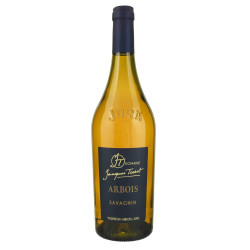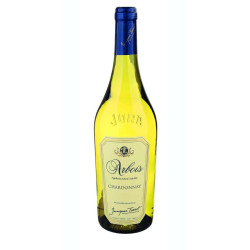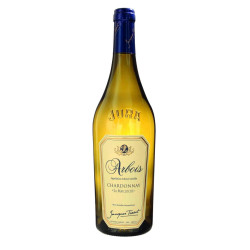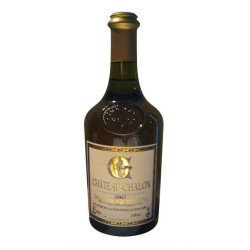Free delivery on purchases of €150 or more per winegrower in France and €250 in Europe (excluding United Kingdom)
Free delivery on purchases of €150 or more per winegrower in France and €250 in Europe (excluding United Kingdom)
-
- Great Offer
-
Our wines
-
-
By colors
-
All the wines
-
-
-
All Regions
-
-
-
-
Our organic & natural wines
-
-
Our Champagnes & Spirits
-
-
All Champagnes
-
-
Spirits
-
All the spirits
-
-
-
Our winemakers
-
-
-
winemakers
-
-
-
Our advice
-
-
Find your wine
-
-
-
- Our commitment !
-
- Great Offer
-
Our wines
-
-
By colors
-
All the wines
-
-
-
All Regions
-
-
-
-
Our organic & natural wines
-
-
Our Champagnes & Spirits
-
-
All Champagnes
-
-
Spirits
-
All the spirits
-
-
-
Our winemakers
-
-
-
winemakers
-
-
-
Our advice
-
-
Find your wine
-
-
-
- Our commitment !
Unbeatable !
THE JURA, A WINE-GROWING REGION COVERING 2000 HECTARES

Discover the Jura Vineyard: A Hidden Gem of Terroirs and Varieties
Introduction to the Jura Vineyard
The Jura vineyard is a rich tapestry of terroirs, grape varieties, and expertise that deserves more recognition. Stretching along the Revermont, its vines thrive on diverse soils, offering unique flavors found only in Jura. From notes of spices and marmalades to fresh and candied fruits, and even floral and biscuit nuances, the Jura vineyard is distinctively expressive. While the Yellow wine is iconic, Jura produces a variety of wines: sparkling, still, white, red, rosé, and uniquely, straw wines, yellow wines, Macvin, and other regional specialties.
The Vineyards and Terroir
Covering two thousand hectares, the Jura vineyards span eighty kilometers. With rich soils and varied climates, five grape varieties coexist, providing a wide array of aromatic profiles.
Terroir Presentation: Geography, Soils, and Climate
The Revermont comprises hills and steep slopes along the edge of the first Jura plateau, known as the "Lédonien fold." Surrounding this geologically unique region are the crest region (high plateaus) and the plateau region (two plateaus).
The Jura's unique geology emerged from the tectonic movement of the Alps, resulting in the Jura overlapping the Bresse. The revealed soils consist of Triassic and Jurassic sediments along the hillsides. Vines grow on various soils: Triassic clays and variegated marls, Liassic gray marls and limestones, and Jurassic yellowish limestones. Steep terrains also feature limestone, clay, and chaille debris. These soil types include:
- Predominantly Triassic soils (black or wine-colored clays and variegated marls)
- Marl soils (gray)
- Formations covered with brown, rocky limestone debris
The topography is naturally varied and hilly, providing diverse vineyard exposures. The climate is relatively homogeneous, semi-continental with cold winters and warm, dry summers and autumns.
The Main Grape Varieties
Key Grape Varieties
Five grape varieties are authorized in Jura. Three are native: Poulsard (or Ploussard, both names refer to the same variety), Savagnin, and Trousseau. Two are from neighboring Burgundy: Chardonnay and Pinot Noir.
Savagnin, the most famous (sometimes called "naturé" in Jura dialect), is renowned for producing yellow wine. It has a distinctive aromatic profile of walnuts, hazelnuts, flowers, honey, and green apples. Savagnin and Chardonnay are the only white varieties in the region. Chardonnay is the most common grape in Jura, used for making white wines, sometimes under the names Melon d’Arbois or Gamay blanc.
For red wines, there are three black-skinned, white-juiced varieties. Poulsard and Pinot Noir produce delicate, light, and elegant wines. Poulsard offers fragrant wines, while Pinot Noir yields structured wines and is also used for sparkling wines. Trousseau is more colored and tannic, with good aging potential.
The Principal Wines
Main Wine Categories
This kaleidoscopic terroir is divided into seven appellations of controlled origin. Four are geographical appellations, and three are product appellations. The region is categorized into four AOCs:
- AOC Arbois: A historic communal appellation around the town of the same name. It produces all types of Jura wines: reds, whites, rosés, sparkling wines, yellow wines, straw wines, and Macvin du Jura.
- AOC L’Étoile: Surrounding the town of L’Étoile, named for the star-shaped pattern formed by the five surrounding hills or the numerous star-shaped fossils found there. This appellation produces excellent white wines, yellow wines, and straw wines.
- AOC Château-Chalon: Dedicated to yellow wine, where Savagnin reigns supreme, producing some of Jura's finest yellow wines.
- AOC Côtes du Jura: The regional appellation encompassing all Jura wine types.
In addition to these regional recognitions, three additional AOCs highlight the region's specific heritage: Macvin du Jura, Crémant du Jura, and Marc du Jura.
These appellations frame the rich production of the region. Jura winemakers express themselves through traditional reds, rosés, whites, and sparkling wines as well as unique bottles like yellow wines, straw wines, Macvin du Jura, and Marc du Jura.
Each drop of Jura wine tells a story, offering original flavors. This region invites rediscovery and culinary pairings for its many surprises and unique characteristics.
Our nuggets
Related articles
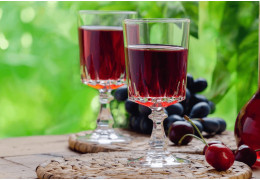
RATAFIA, UNE LIQUEUR PRODUITE AVEC DU MARC DE CHAMPAGNE
There are as many different Ratafias as there are different winemakers.
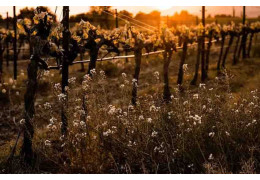
HOW IS BIODYNAMIC WINE PRODUCED ?
Organic, biodynamic and natural wines are undeniably on the up.
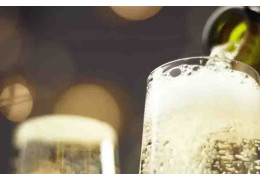
BLANC DE BLANCS: EVERYTHING YOU NEED TO KNOW ABOUT SPARKLING WINES
The name Champagne Blanc de blancs instantly conjures up an image of superio...

EVERYTHING YOU NEED TO KNOW ABOUT VAT VINIFICATION
To make good wine, you need good grapes. Of course, viticulture methods, ter...


